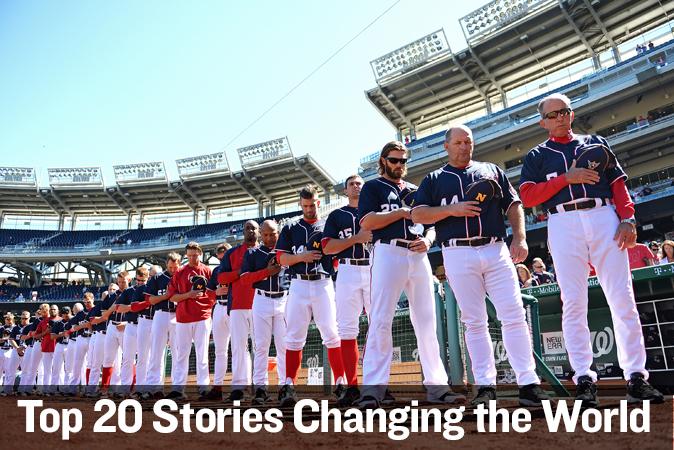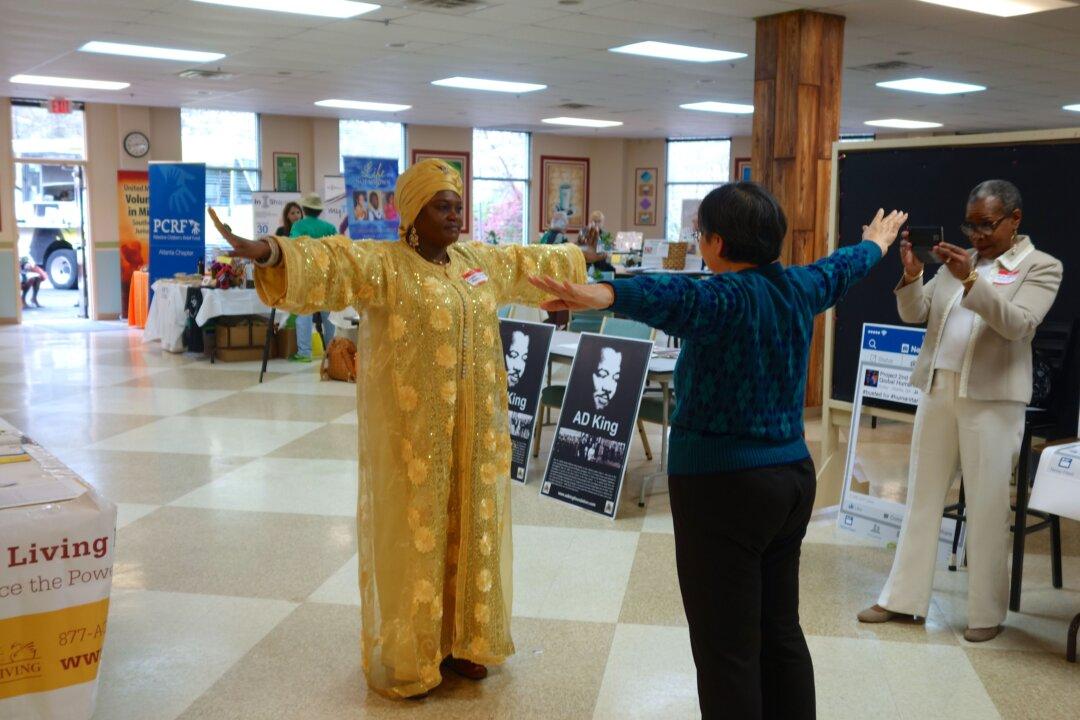As part of our comprehensive year-end coverage, Epoch Times editors have made a selection of stories that we believe are significantly changing the world. The stories are ranked from No. 20, having the least impact, to No. 1—our top pick.
Each story is based on a major news story of 2013 that will have lasting impact into 2014 and beyond. Check back daily as we countdown to Jan. 1st and our New Year.
The first anniversary of the massacre in Sandy Hook Elementary School on Dec. 14 closed a year punctuated by incidents of mass shootings and calls for more gun control laws.
The official Sandy Hook report suggests the shooter in the tragedy that took 27 lives, plus his own, was deeply disturbed, as well as obsessed with previous mass murders. Despite his diagnoses of a mental disorder, and his obvious unusual behavior, the shooter’s mom had legally purchased all five guns used, and had planned to purchase a pistol for him as a Christmas gift.
The nation was alarmed yet again in September when 13 people, including the killer, died in a shooting rampage at the Washington Navy Yard. Other incidents of mass shootings—defined by the FBI as involving four or more deaths—are less well known, as they frequently involve family or drug-related disputes, which are less of a threat to the general public.
Despite the drumbeat of concerns of those scholars, experts, lawmakers, and activists, who want the government to do more to curb the violence, the federal government has not acted.
Most memorable of course was this summer when the Senate abandoned a substantial gun control bill that would have toughened background checks for buyers. It was a bill where polling clearly showed the support of a strong majority of Americans. Other efforts to make significant changes have also been stymied.
Mass Shootings Triple
Overall gun homicides have declined, from 18,253 in 1993, to 11,101 in 2011, according to the most recent figures available from the Bureau of Justice.
At the same time, the annual average of mass shooting incidents has tripled, according to Attorney General Eric Holder. Between 2000 and 2008, the United States experienced an average of five mass shootings every year. So far in 2013, there have been at least 12, he said.
Most suicides use guns, too, and the mass shootings that haunt America are often murder-suicides.
It is hard to understand what is in the hearts of the killers.
‘Trigger Pulls the Finger’
“It would be extremely complicated for us to explain why,” said Dr. Scott Poland, a professor at Nova Southeastern University’s Center for Psychological Services, and a nationally recognized expert on youth violence and threat assessment.
In Poland’s opinion, not every mass shooter is psychotic, but all are on a continuum of extreme problems handling stress, of impulsivity, and anger, and the weapon is the fatal factor.
“The trigger pulls the finger; what that means to me is you’re angry, there’s the gun, you’ve had a few, there’s the gun. Had it not been there a tragedy would not have happened.” A person with no gun might knock someone down or break a bottle instead of killing.
Saving Lives
Poland wants existing gun laws and background checks enforced.
While federal policy seems stalemated, states could effectively reduce gun violence if they allow temporary bans on gun possession for people with certain dangerous behaviors, according to a study from the Johns Hopkins Center for Gun Policy and Research.
Dr. Emma “Beth” McGinty co-authored the study. She said, “We are not very good at predicting which individuals are likely to be violent. We are much better at that on a population level.”
According to McGinty, state laws that keep guns away from children, adults during certain mental health crises, people with restraining orders, drug and alcohol abusers, and people who commit violent misdemeanors, could save lives.
Nearly half of the states, 21 in total, enacted stricter gun laws in 2013. These included limits on ammunition, changes to waiting periods, and background checks for firearms purchases.
Holder also said the FBI’s Behavioral Threat Assessment Center works every day with local police and other levels law enforcement to assess people who may be contemplating violence. Since 2011, the center has reported hundreds of successful disruptions, including an anticipated 150 in 2013 alone.
The Associated Press contributed to this report.





